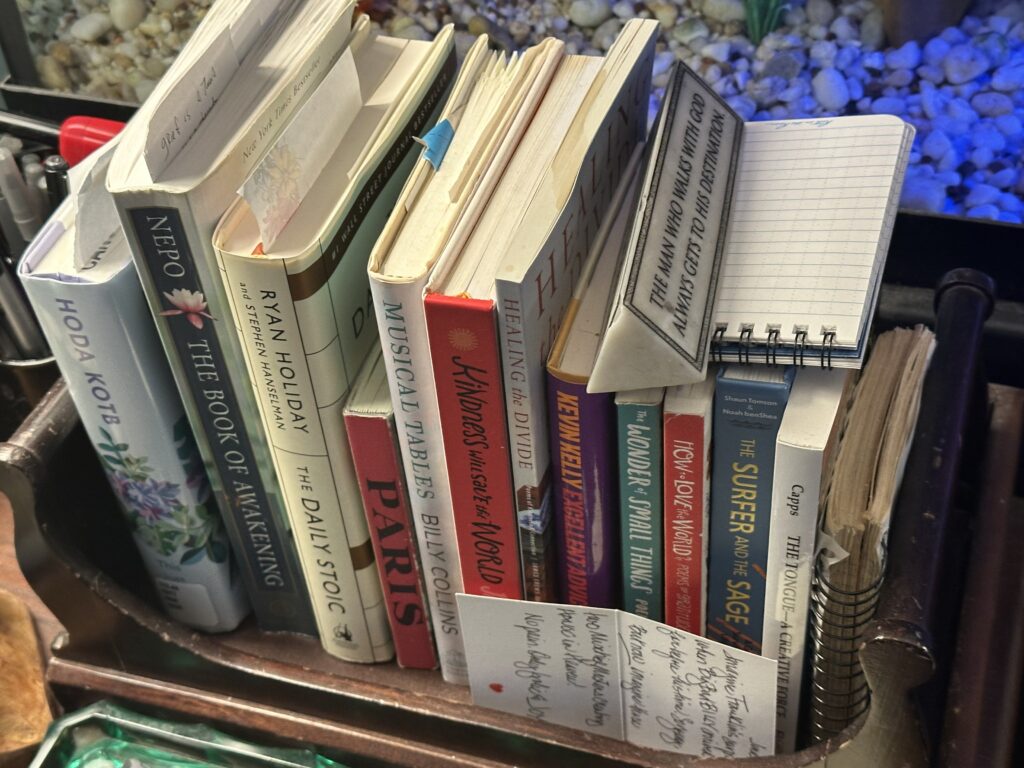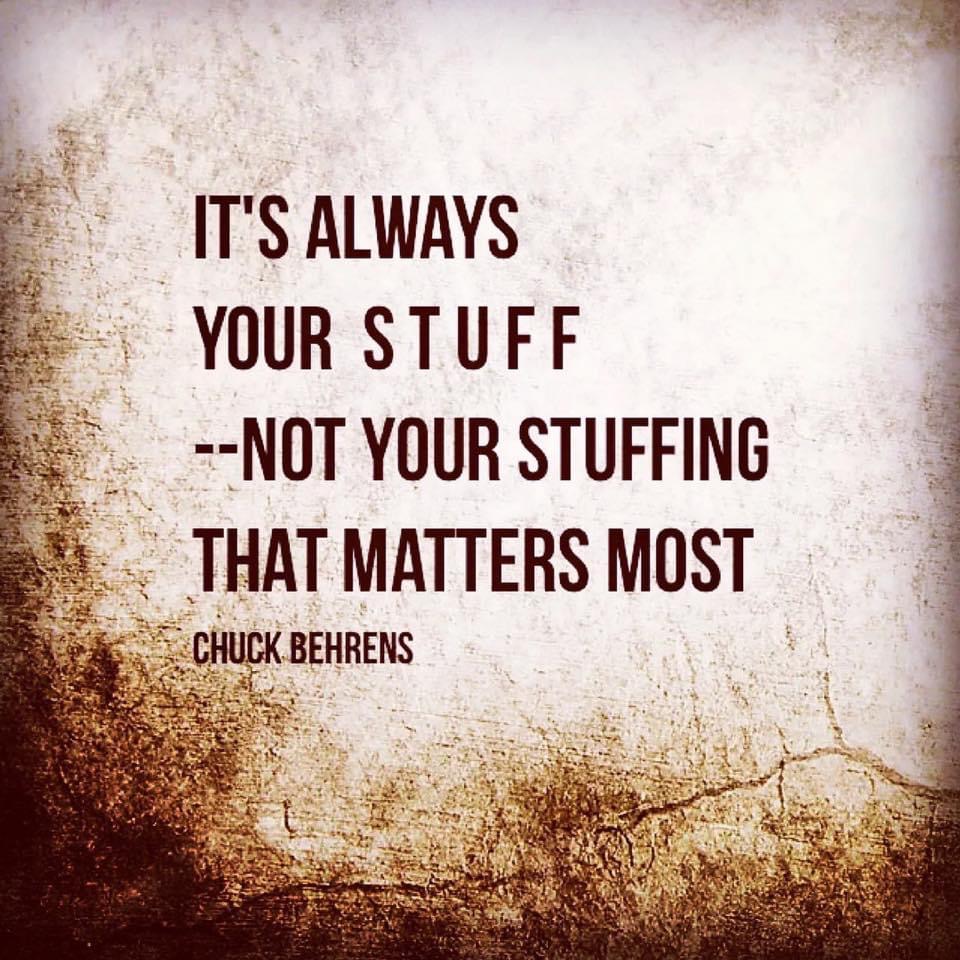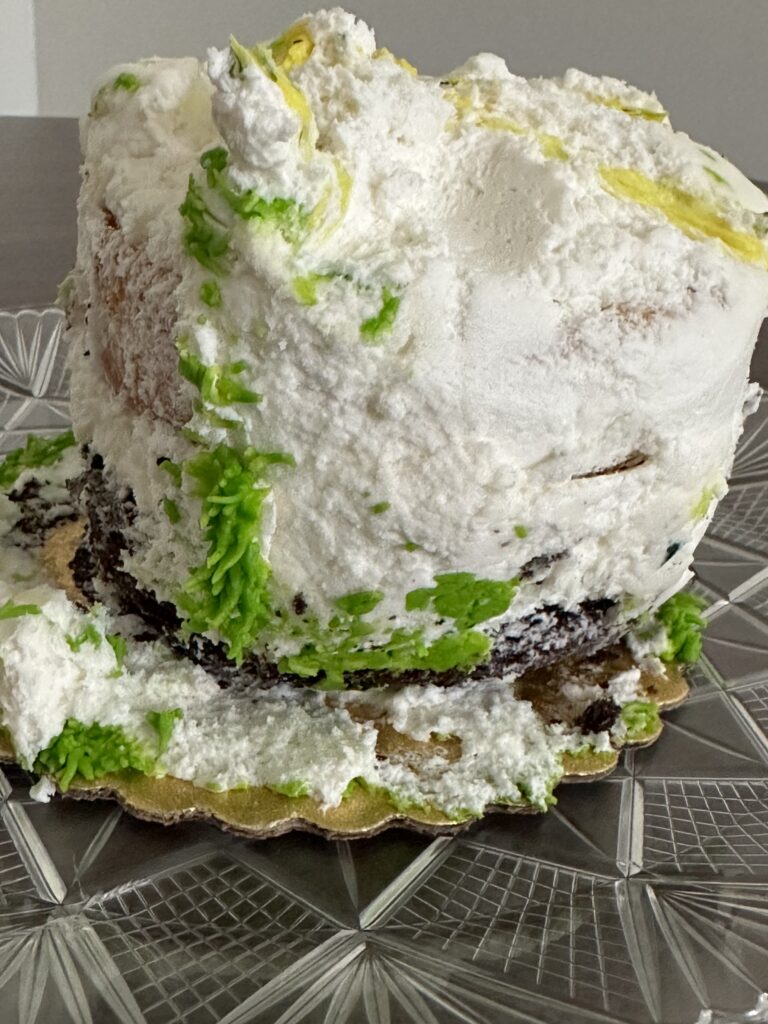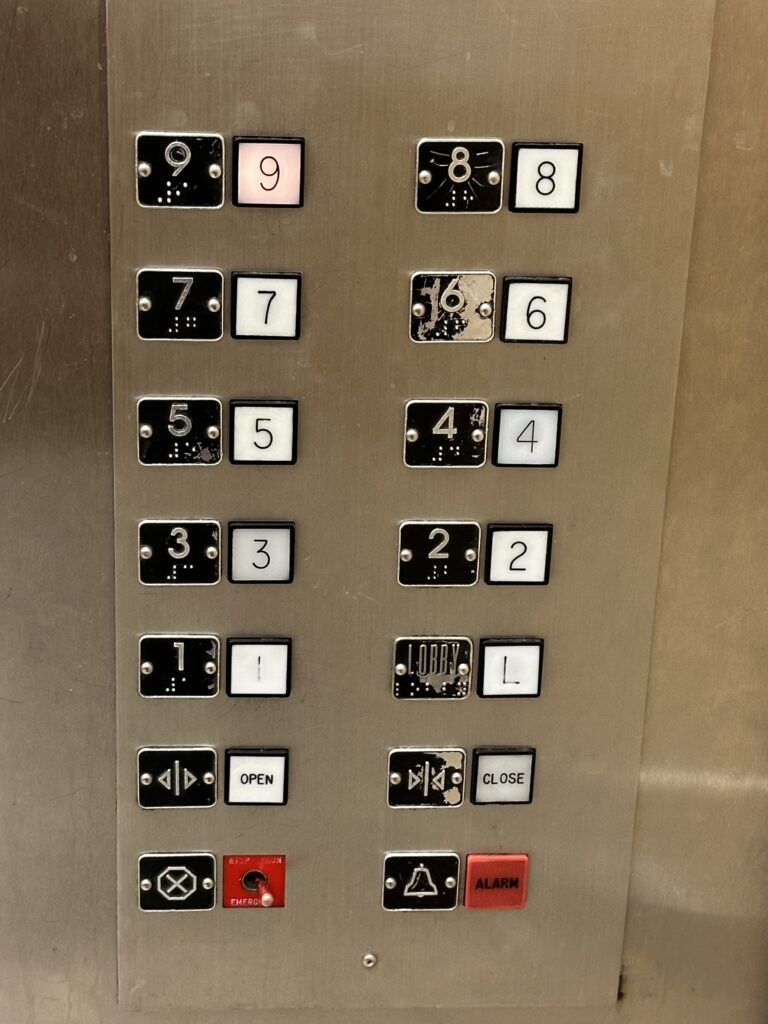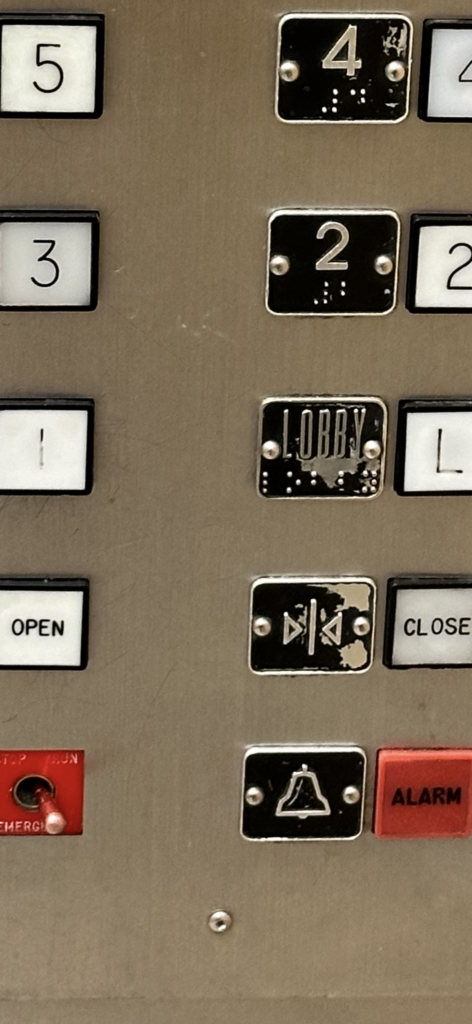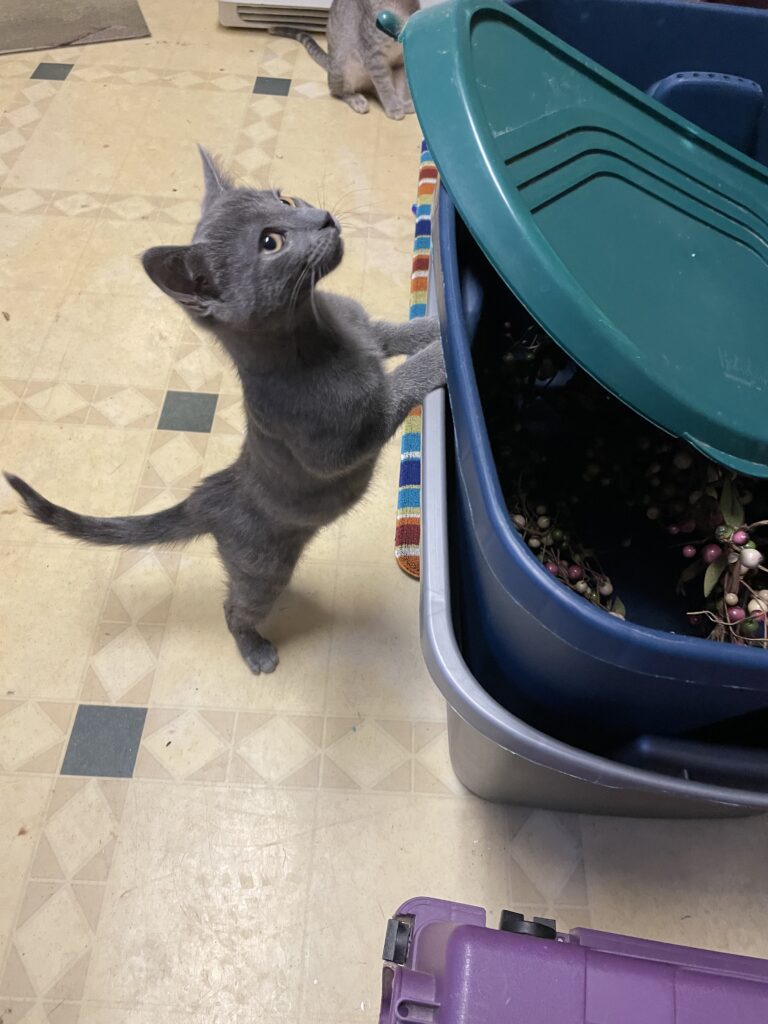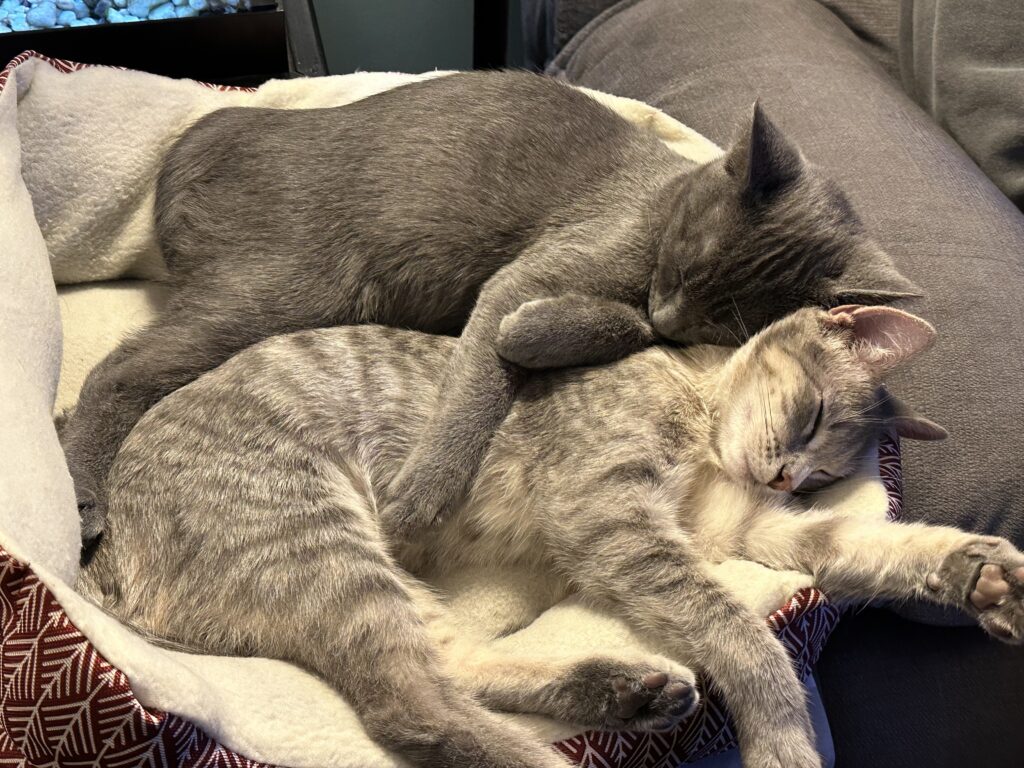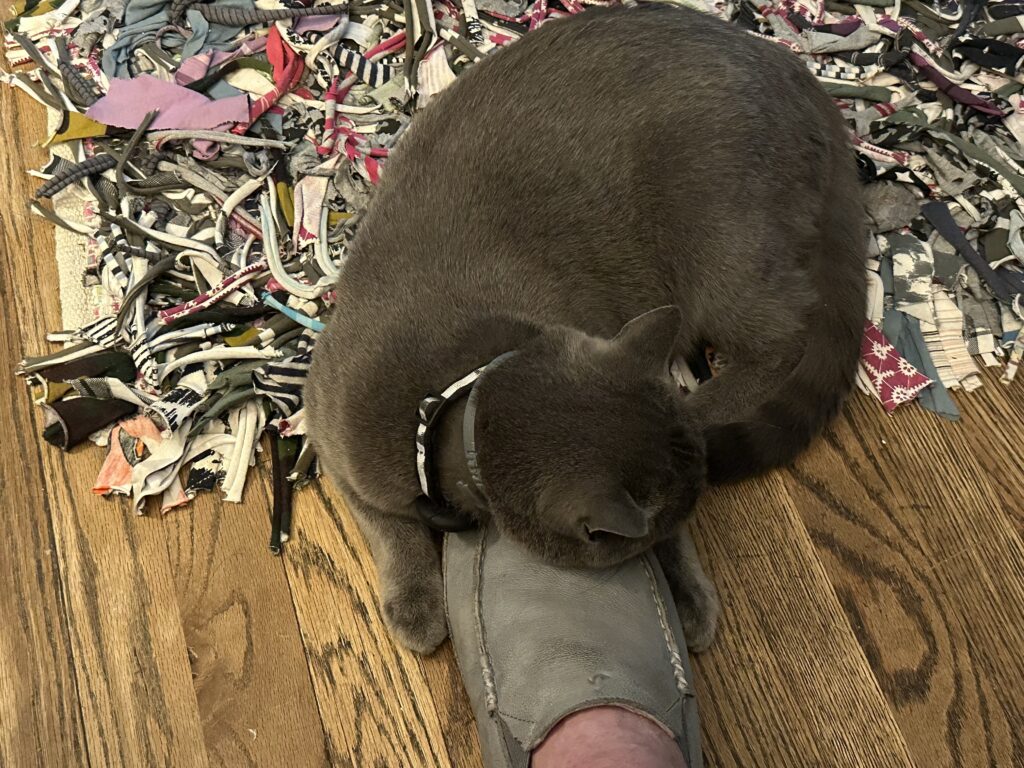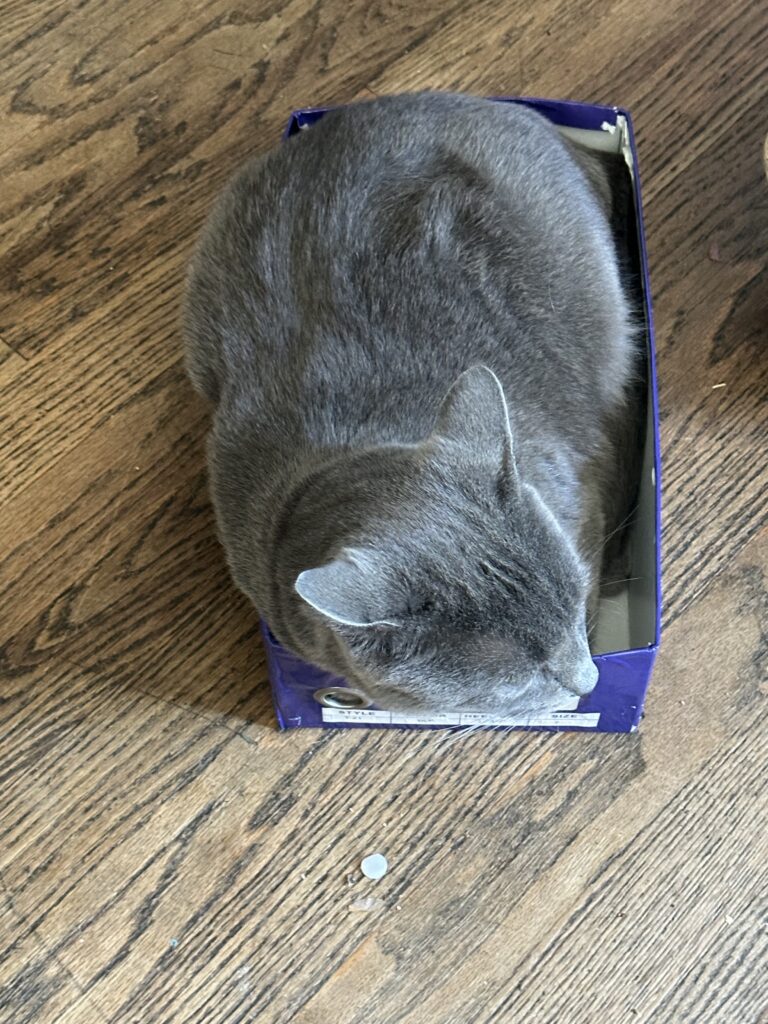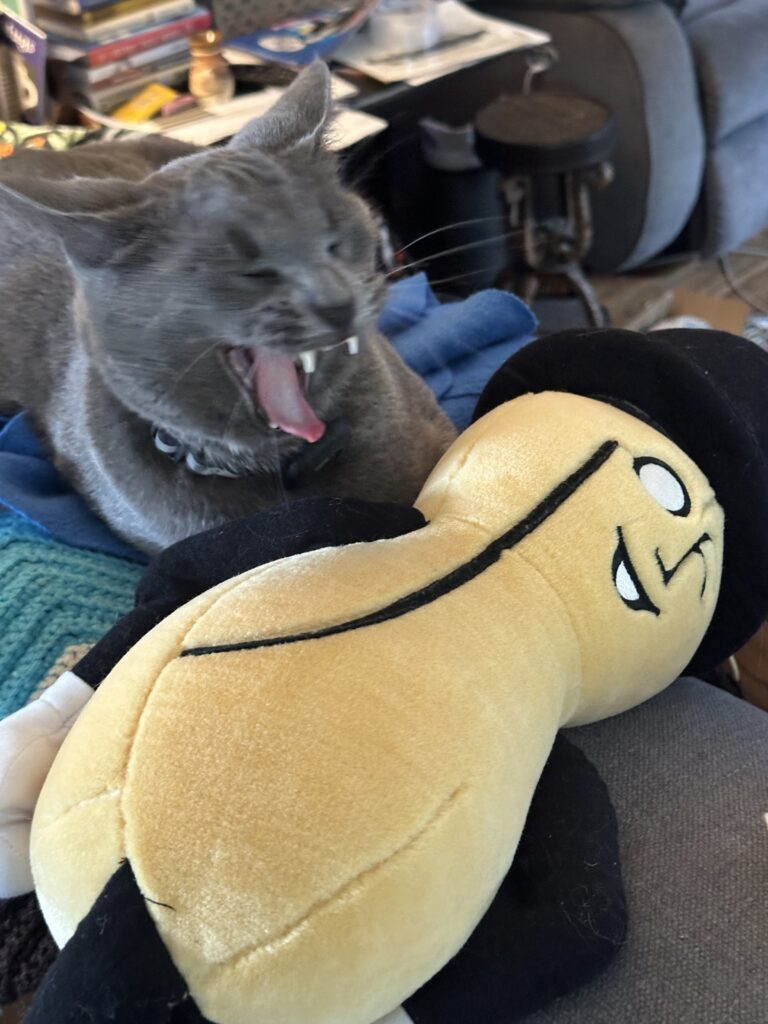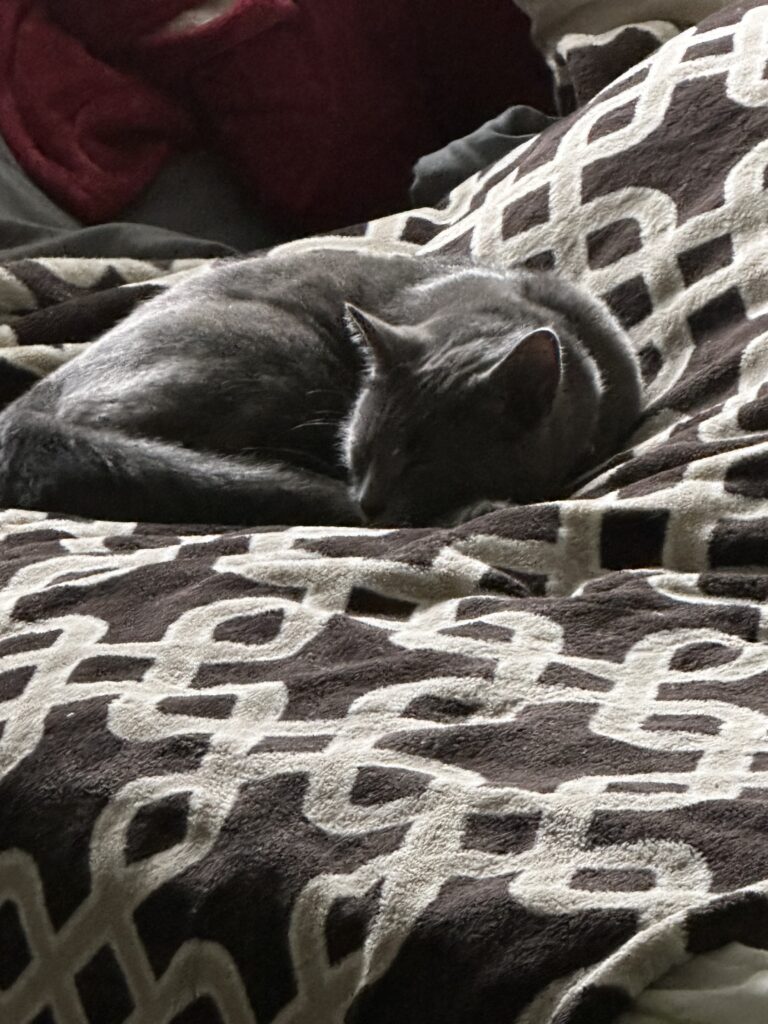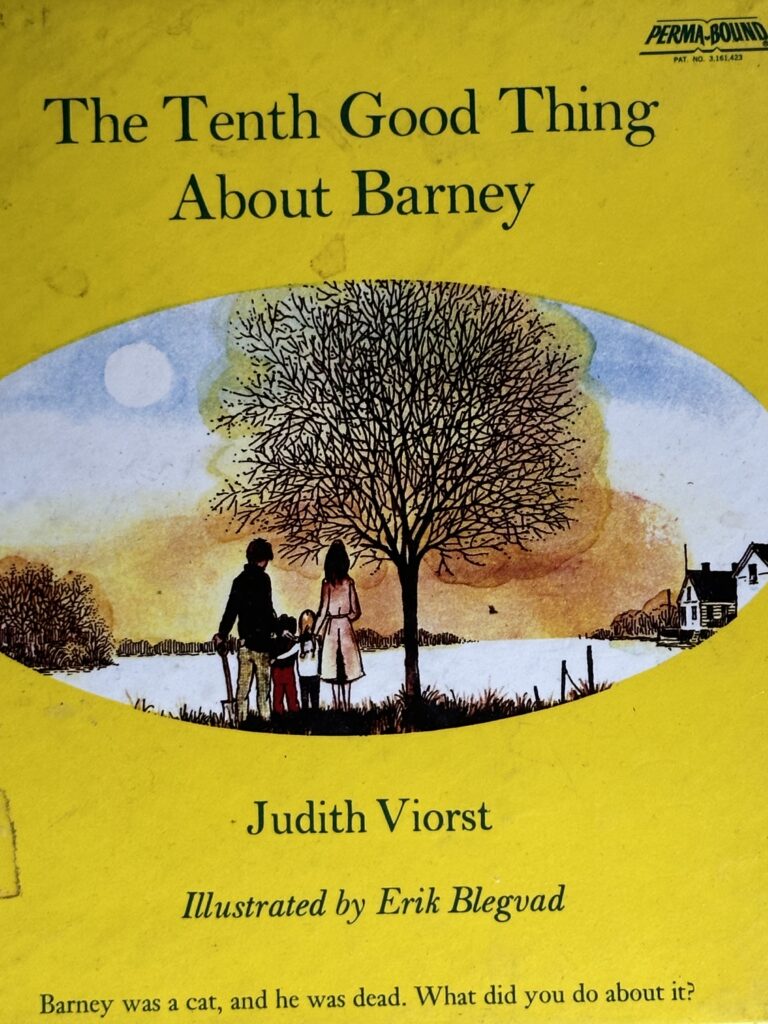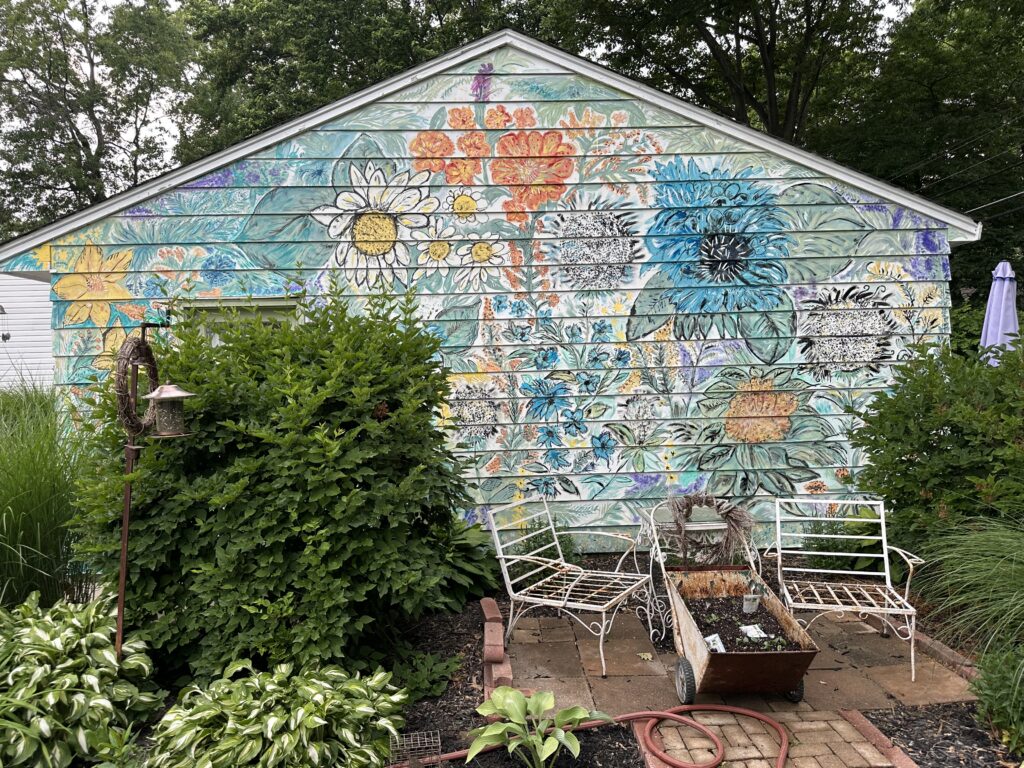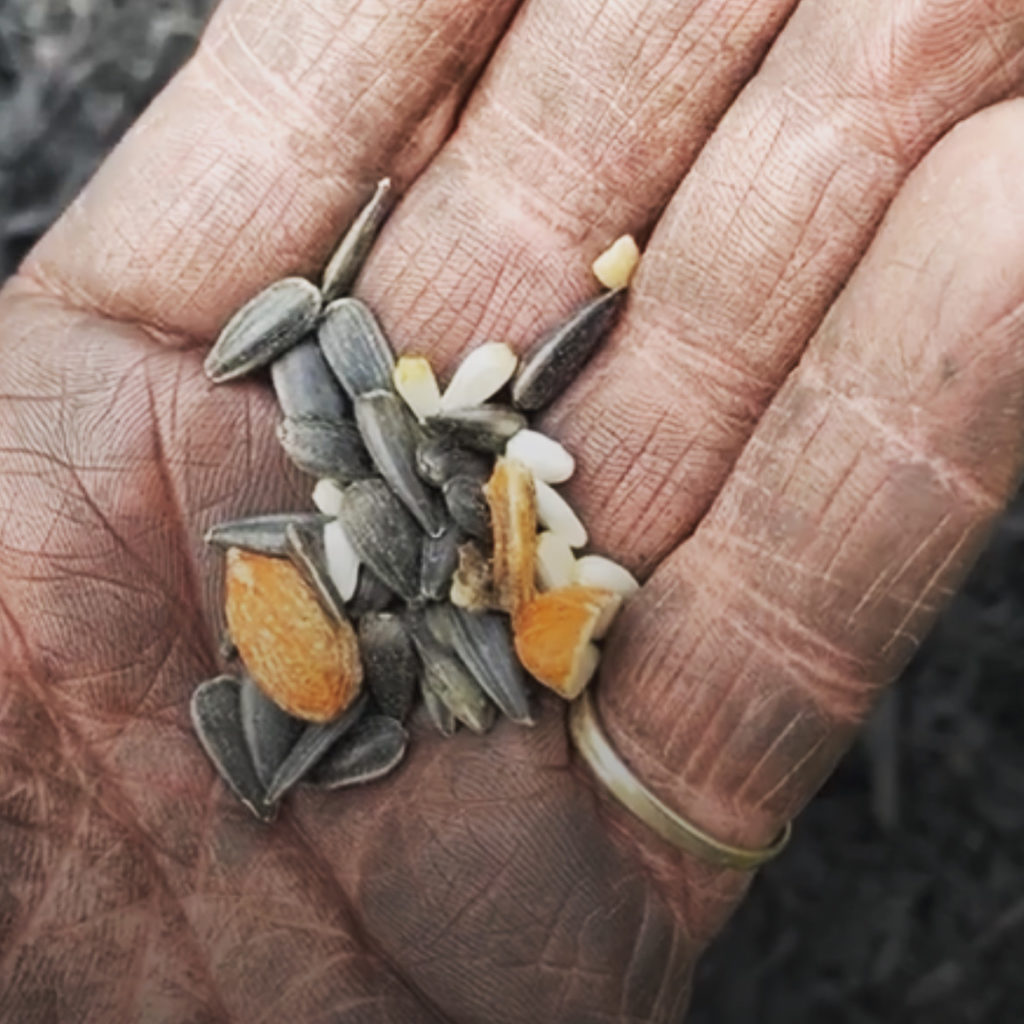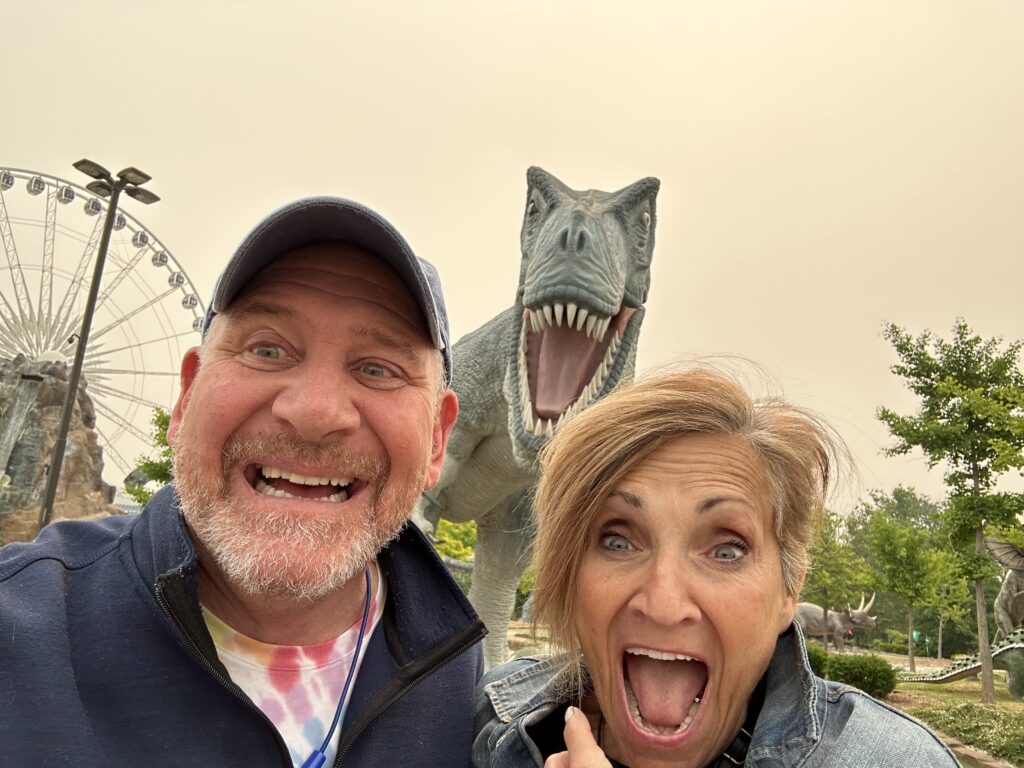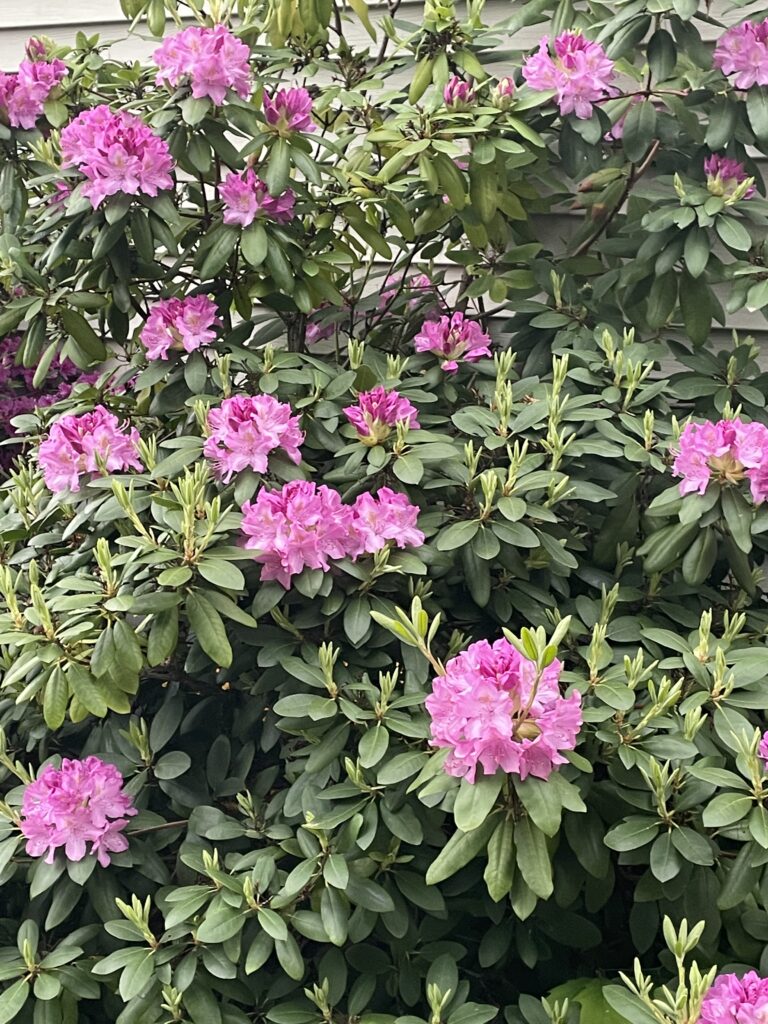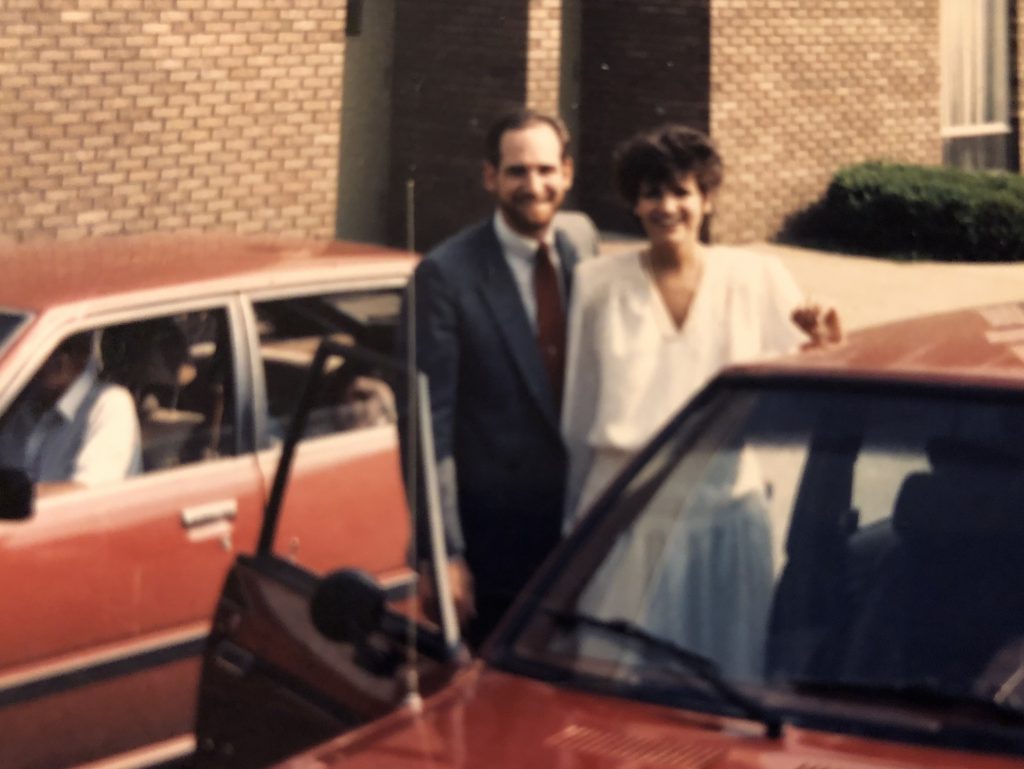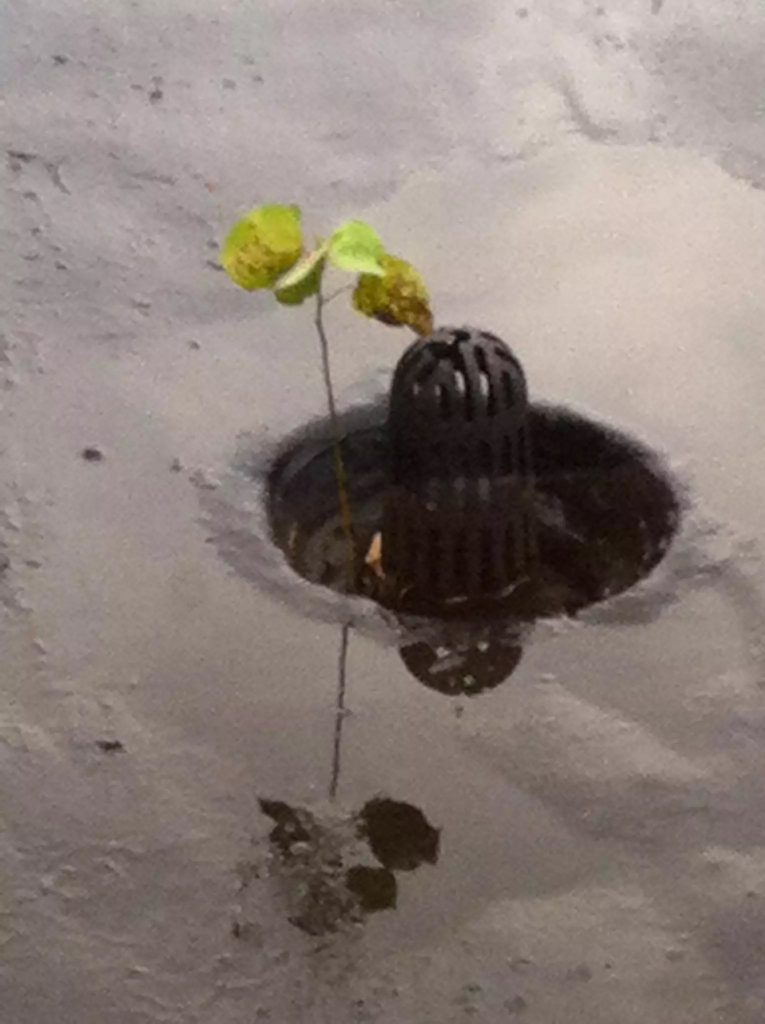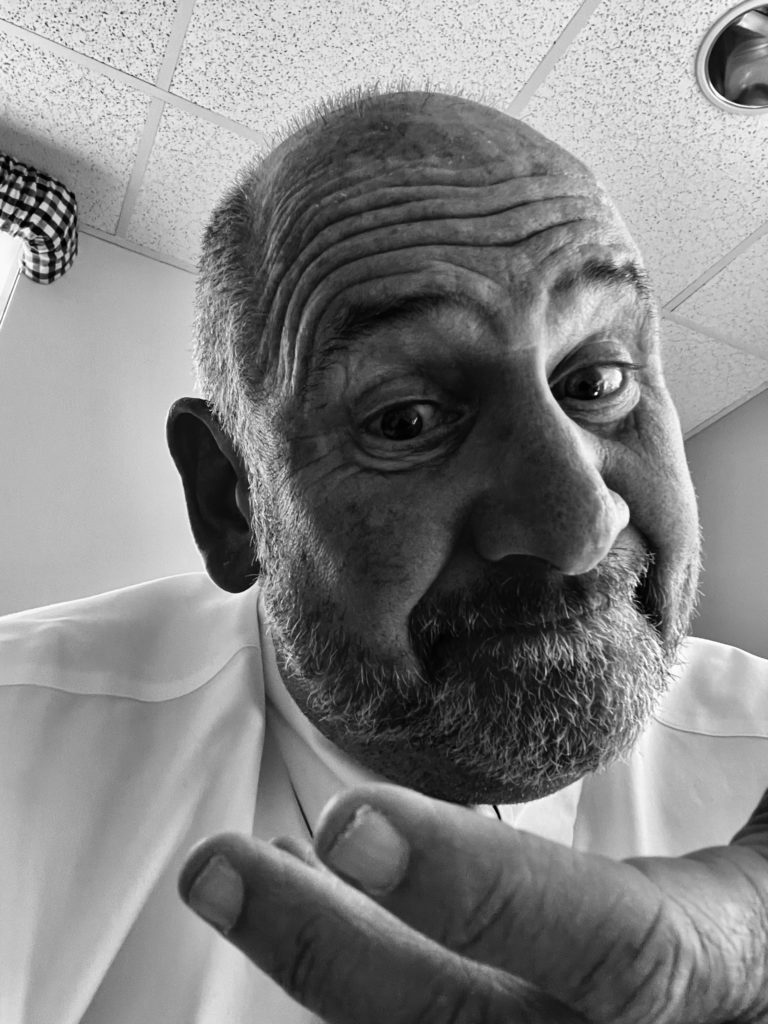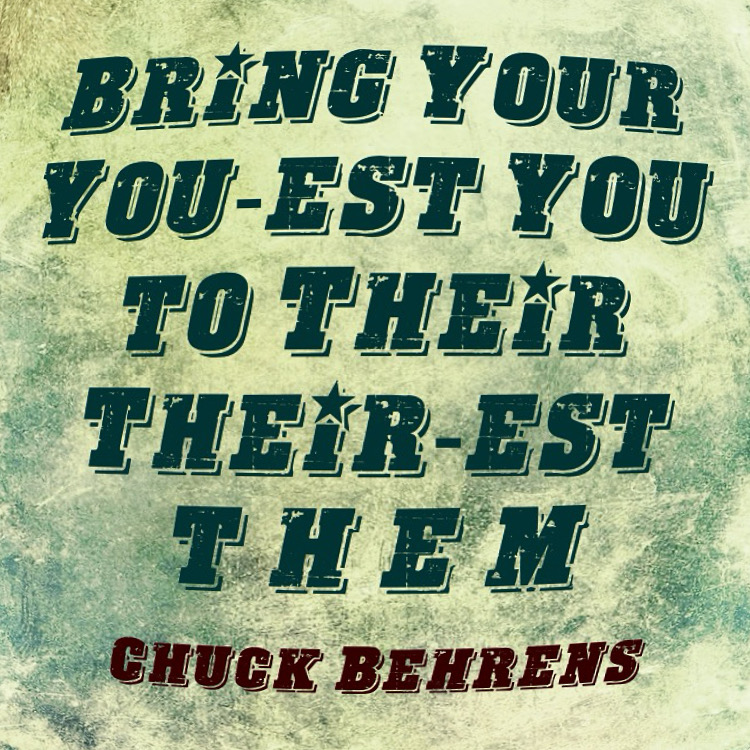Usually, in less than just a moment, we already identify it in us, don’t we? This is trash. This is a treasure; which leads us to that classic cliché: “One person’s trash is another person’s treasure. And also, well. . .one person’s treasure may be another person’s trash, so maybe this is the question that we have to ask ourselves we so often do without verbalizing it in just a moment: What if you trashed the treasure in other people as they to treat you like trash? We all have the capacity to be talking dumpsters but that shouldn’t give us the free license to actually be that way.
We also have the capability to be these elaborate shelves. It could really be what’s on our shelf maybe does belong in a trashcan
and there’s so much of what we have trashed that maybe doesn’t belong back on the shelf but shared with others as a treasure;
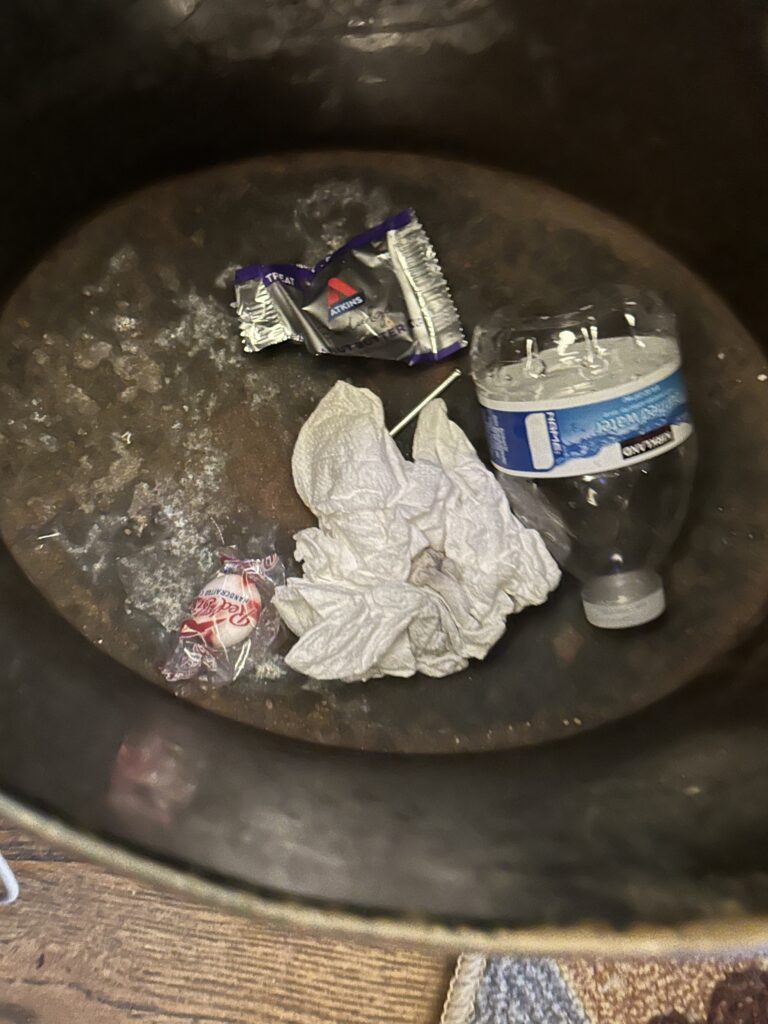
the treasure of a treasure that it is
IN JUST A MOMENT
